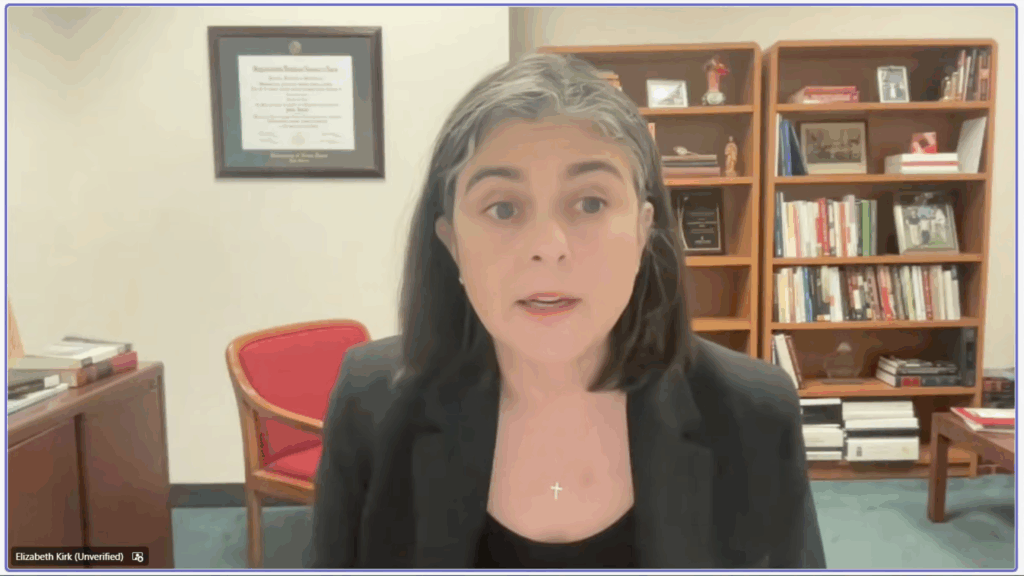Obamacare’s New Abortion Surcharge Rule: Opaque and Oblique
Government agencies have a distressing habit of releasing information they don’t care to highlight on the eve of holidays, or late on a Friday – or, whenever possible, both. That is why it comes as relatively little surprise that the federal Department of Health and Human Services (HHS) used last Friday evening to issue an important rule on abortion under the Affordable Care Act (ACA). The rule, moreover, was parceled in a 350-page document that, like other issuances, invited only the most active readers.
The proposed rule establishes “standards for issuers and Marketplaces for 2016” under the ACA. Included in the rule is a section addressing separate payment of what critics call the “abortion surcharge.” The surcharge applies to any plan offered on the Obamacare health care exchanges that provides coverage of elective abortions – a figure we now know to exceed more than 1,000 such plans nationwide. While the ACA explicitly requires a separate payment to be made by the subscriber to the plan, pages 200-202 of the proposed rule outline ways in which insurance companies can avoid collecting actual separate payments.
Note that for exchange-based plans, federal premium subsidies can approach 100 percent, making the taxpayer the ultimate enabler of this new abortion coverage. Note as well that the proposed rule makes no attempt to address the persistent lack of transparency regarding which ACA plans cover abortion. As outlined by researchers here at the Charlotte Lozier Institute and Family Research Council, it remains extremely difficult for consumers to discern which ACA plans cover abortion. Simple solutions to this challenge continue to elude the multi-billion dollar web site designers working for the Obama Administration.
The issue of abortion subsidies in Obamacare continues in the wake of these still-modest steps by HHS. If the Hyde amendment had been applied to the Affordable Care Act (as the Stupak-Pitts amendment had been designed to do when it was introduced and originally attached to the ACA in 2009), federal subsidies could not flow to insurance plans that include abortion on demand. Taxpayers would not be forced to fund coverage that includes abortion because the full scope of the Hyde Amendment prevented not only direct funding of abortion but the use of federal funds in other plan designs that included elective abortion coverage.
Instead of the Hyde amendment, the final ACA contained an accounting gimmick sometimes referred to as the Nelson amendment. This scheme was reiterated in the President’s Executive Order 13535. The Nelson amendment requires an abortion surcharge that is to be collected as a separate payment from subscribers who use the ACA’s exchange system to buy their plan. Statutory language in section 1303 of the ACA requires that issuers of exchange plans that cover elective abortion “collect from each enrollee in the plan” a “separate payment” for elective abortions, defined as abortions in cases other than rape and incest or to save the life of the mother, and a “separate payment” for all other services.
At the time it was added to the ACA, the separate payment of an abortion surcharge was explained this way by then-Senator Ben Nelson (D-NE):
“…the insurance company must bill you separately, and you must pay separately from your own personal funds–perhaps a credit card transaction, your separate personal check, or automatic withdrawal from your bank account– for that abortion coverage. Now, let me say that again. You have to write two checks: one for the basic policy and one for the additional coverage for abortion….”
Section 1303 even gives the example, “In the case of an enrollee whose premium for coverage under the plan is paid through employee payroll deposit, the separate payments required under this subparagraph shall each be paid by a separate deposit.” This makes clear that the law is specifying payments should be collected separately – and transparently. While such a scheme would not be allowed under the Hyde amendment, if the payments were actually collected separately it would at least alert consumers that they are paying an abortion surcharge.
In September 2014, the Government Accountability Office (GAO) issued a long-awaited report on abortion coverage in plans sold under the ACA. According to their findings none of the 18 issuers they interviewed had collected a separate payment for the abortion surcharge. The GAO also indicated that out of the 18 issuers interviewed, only one itemized that “there is a $1 charge for ‘coverage of services for which member subsidies may not be used.’” This confirmed that the abortion surcharge was not being collected as a separate payment and may not even be identified in the billing as a charge specific to abortion.
The rule proposed last Friday night responds to the GAO report. But, instead of requiring compliance with the separate payment arrangement, the proposed rule reads the clear language of the ACA as being ambiguous, stating that the ACA does “not specify the method an issuer must use to comply with the separate payment requirement.” It then says that issuers may comply with the requirement in several ways “including, but not limited to:
- sending the enrollee a single monthly invoice or bill that separately itemizes the premium amount for non-excepted [that is, elective] abortion services;
- sending a separate monthly bill for these services; or
- sending the enrollee a notice at or soon after the time of enrollment that the monthly invoice or bill will include a separate charge for such services and specify the charge.” [Bullets are not included in the proposed rule, but are added here for clarity.]
Finally, the rule goes on to explain that the issuer is not required to separately identify the abortion surcharge, and the surcharge can be collected in a single transaction rather than collected separately.
The result of this guidance is to ensure that the abortion surcharge is virtually completely hidden to consumers who in many cases will only receive notice of the surcharge in a stack of paperwork at the time of enrollment. Many consumers will be paying the hidden abortion surcharge without any knowledge that their premium is going to an account to fund abortion. And, of course, as our research has confirmed again for the enrollment period that began on November 15, 2014, finding out whether or not your ACA plan covers elective abortion before you enroll in it is a steep challenge in dozens of states.
Applying the full Hyde Amendment to the ACA, as H.R.7/S. 946 would do remains the surest way, short of a major overhaul of the ACA, to close the premium subsidy gap and end the charade of the abortion surcharge. Funny things happen on Friday nights in Washington. Fixing the ACA’s abortion problems needs to happen in the light of day – and soon.
Chuck Donovan is President of the Charlotte Lozier Institute.



























